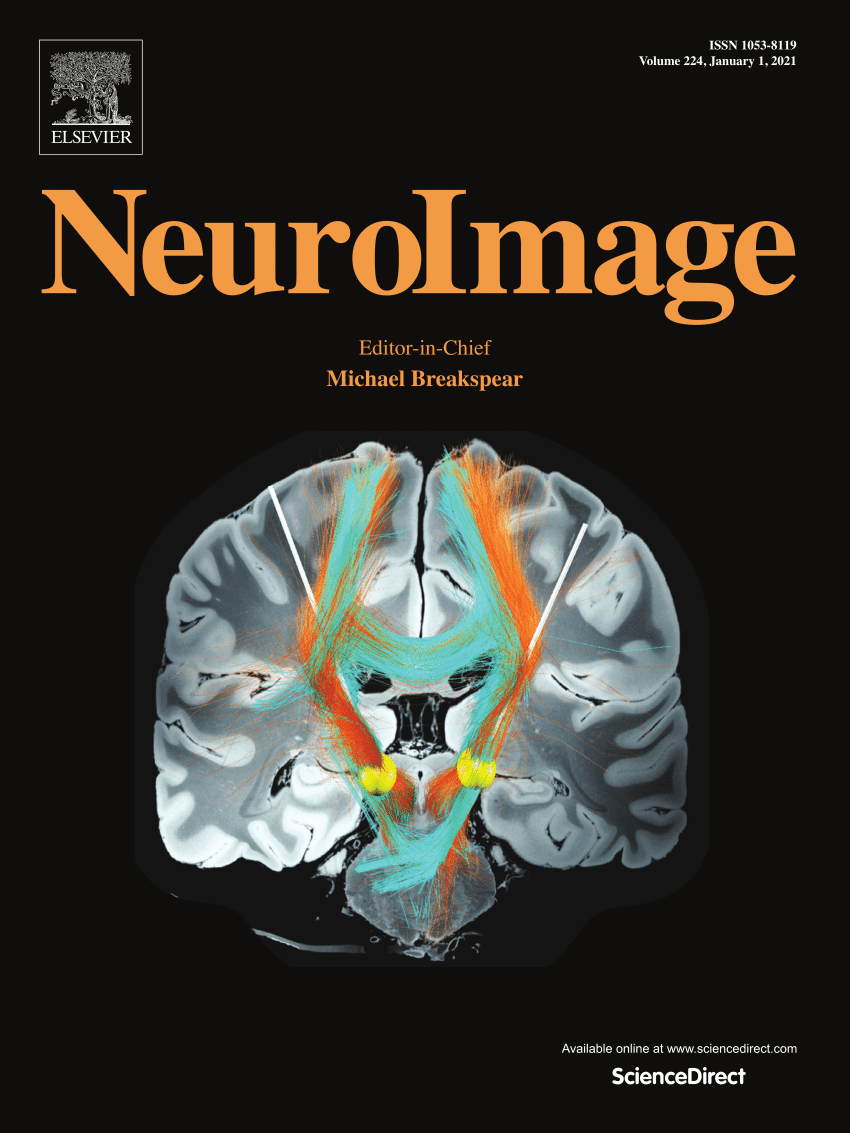Distinguishing the roles of edge, color, and other surface information in basic and superordinate scene representation
IF 4.7
2区 医学
Q1 NEUROIMAGING
引用次数: 0
Abstract
The human brain possesses a remarkable ability to recognize scenes depicted in line drawings, despite that these drawings contain only edge information. It remains unclear how the brain uses this information alongside surface information in scene recognition. Here, we combined electroencephalogram (EEG) and multivariate pattern analysis (MVPA) methods to distinguish the roles of edge, color, and other surface information in scene representation at the basic category level and superordinate naturalness level over time. The time-resolved decoding results indicated that edge information in line drawings is both sufficient and more effective than in color photographs and grayscale images at the superordinate naturalness level. Meanwhile, color and other surface information are exclusively involved in neural representation at the basic category level. The time generalization analysis further revealed that edge information is crucial for representation at both levels of abstraction. These findings highlight the distinct roles of edge, color, and other surface information in dynamic neural scene processing, shedding light on how the human brain represents scene information at different levels of abstraction.
求助全文
约1分钟内获得全文
求助全文
来源期刊

NeuroImage
医学-核医学
CiteScore
11.30
自引率
10.50%
发文量
809
审稿时长
63 days
期刊介绍:
NeuroImage, a Journal of Brain Function provides a vehicle for communicating important advances in acquiring, analyzing, and modelling neuroimaging data and in applying these techniques to the study of structure-function and brain-behavior relationships. Though the emphasis is on the macroscopic level of human brain organization, meso-and microscopic neuroimaging across all species will be considered if informative for understanding the aforementioned relationships.
 求助内容:
求助内容: 应助结果提醒方式:
应助结果提醒方式:


